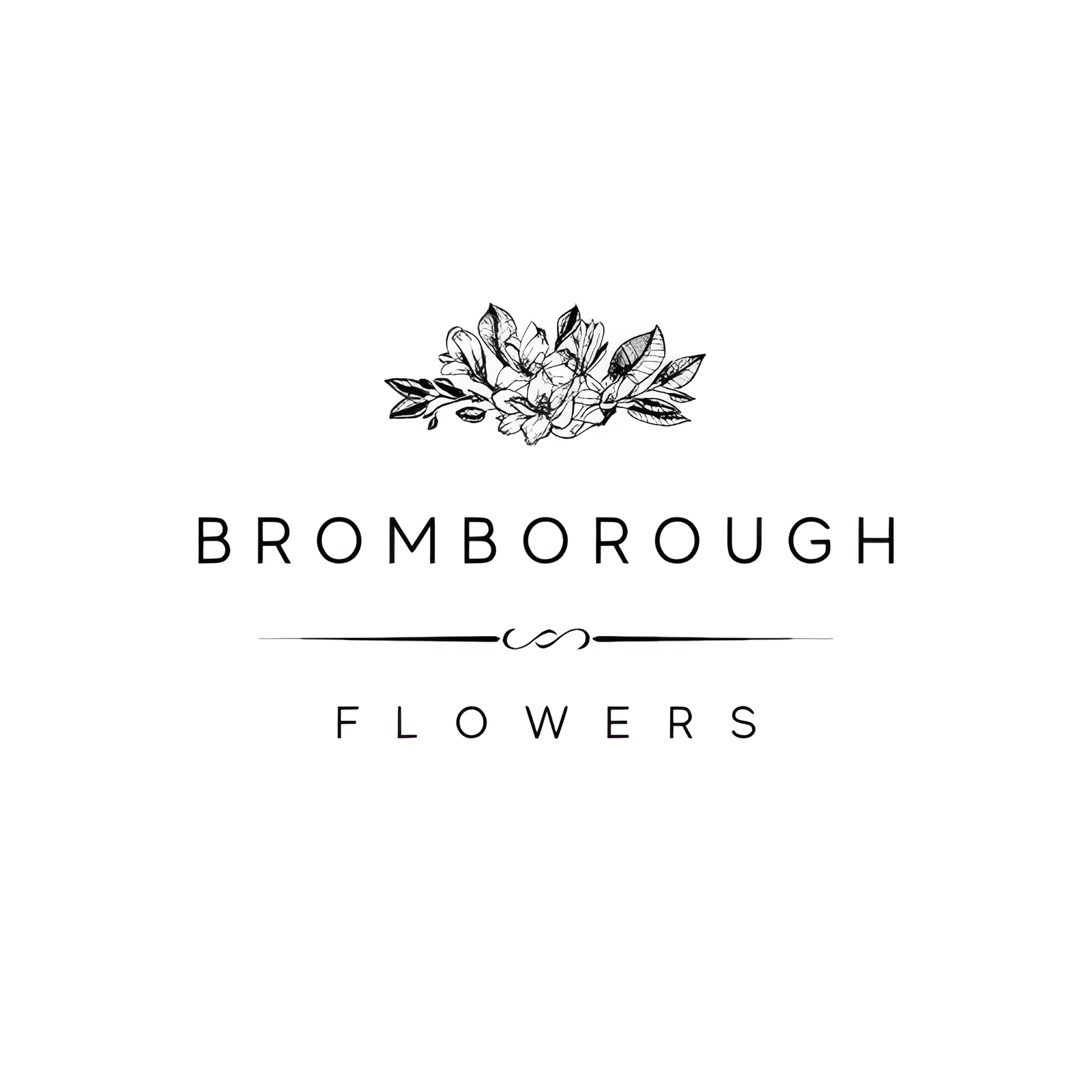Phlox, with its delicate star-shaped blossoms and vibrant clusters, is an exemplary choice for weddings, particularly the white variety that epitomizes elegance and unity. This versatile flower, available in an array of hues such as lilac, pink, and red, seamlessly enhances bridal bouquets, centerpieces, and other decorative arrangements. Known for its cultural significance in symbolizing partnerships and friendships, Phlox offers a timeless and meaningful touch to wedding celebrations. To fully appreciate its multifaceted appeal, it's important to explore its characteristics, geographical origins, and growing conditions, which make Phlox a distinctive addition to any nuptial event.
Flower Overview
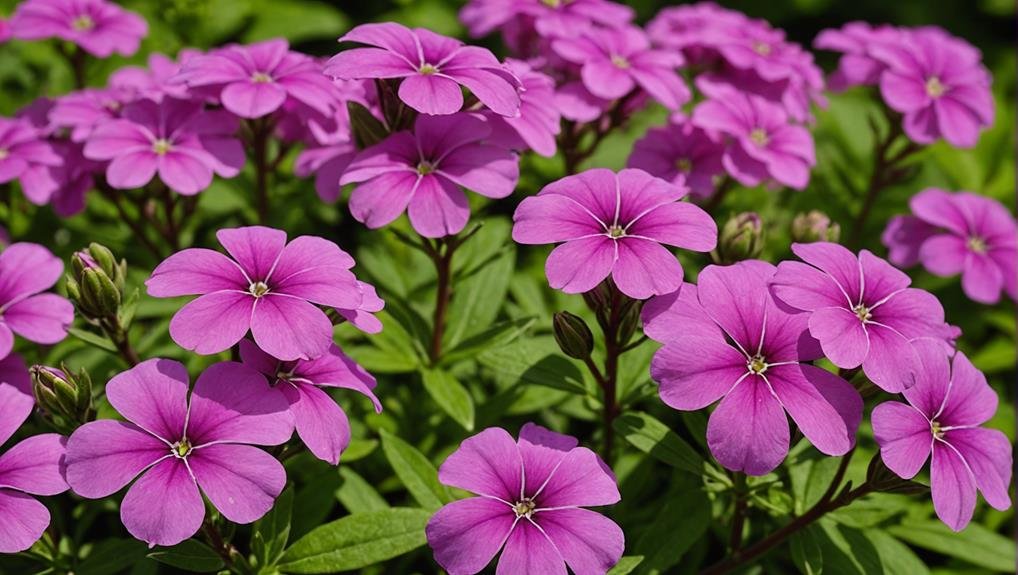
Phlox, a genus of flowering plants native to North America, often captivates with its fragrant blooms in shades of pink, purple, white, and red. This diverse genus encompasses over 60 varieties, mostly perennials, that have garnered popularity for their star-shaped flowers clustered in vibrant displays. Phlox flowers are particularly esteemed for their white blooms, which exude elegance and purity, making them an ideal choice for wedding arrangements.
The myriad Phlox varieties offer versatility in floral design, enabling their use in a range of wedding settings, from bridal bouquets to centerpieces. Each variety contributes unique visual and olfactory elements, enhancing the overall aesthetic of wedding décor. The symbolism associated with Phlox—representing harmony, friendship, unity, partnership, and united hearts—further solidifies its role in matrimonial celebrations, adding layers of meaning to floral arrangements.
Additionally, the historical and cultural significance of Phlox cannot be overlooked. Native American tribes recognized the medicinal properties of these flowers, utilizing them for various healing purposes. This rich heritage, combined with their beauty and fragrance, underscores the enduring appeal of Phlox flowers, making them a timeless choice for wedding florals.
Physical Description
With their star-shaped flowers forming vibrant clusters, the various species of the Phlox genus display a mesmerizing array of colors, including pink, purple, white, and red. These blooms are not only visually captivating but also symbolically significant, making them an excellent choice for weddings. Phlox flowers are known for their harmonious appearance and are available in over 60 varieties of annual and perennial species, each offering unique characteristics.
The physical structure of phlox flowers is characterized by their delicate, five-petaled blossoms that cluster together, creating a dense, colorful display. Particularly remarkable is the White Phlox, a popular variety often chosen for wedding arrangements due to its pure and elegant appearance. These flowers can create a striking contrast when paired with more vibrant hues or can stand alone for an understated, classic look.
- Symbolism: Phlox represents harmony, friendship, unity, and partnership.
- Attractiveness: Their fragrant blooms attract butterflies and hummingbirds.
- Variety: With over 60 varieties, phlox offers versatility for any wedding theme.
Their adaptability and extensive variety make phlox a versatile addition to any wedding decor, ensuring a memorable and picturesque setting for the special day.
Available Colour Varieties
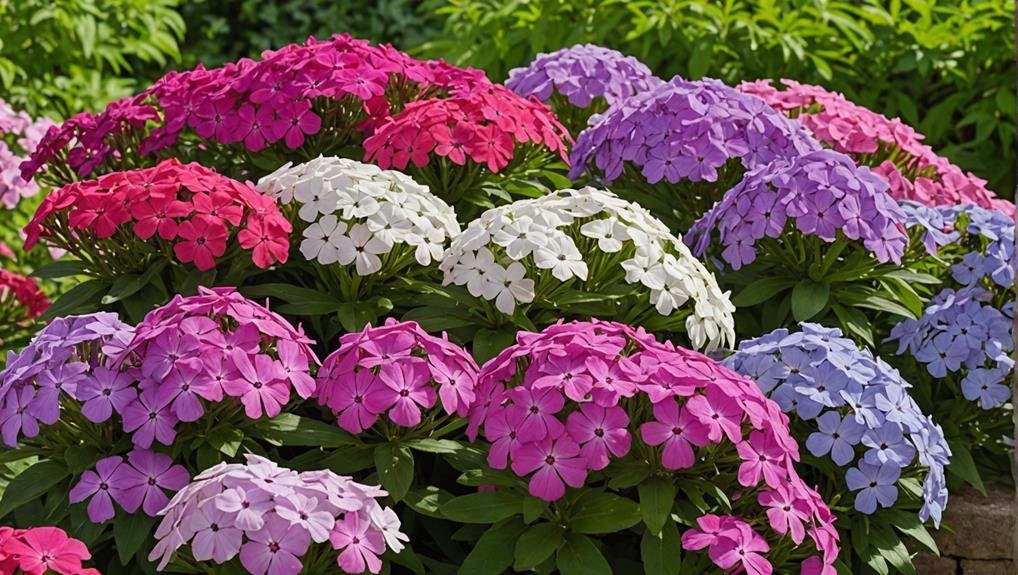
Building on the phlox flower's symbolic significance and visual charm, their available color varieties further expand their appeal for wedding decor. Phlox flowers come in an impressive array of hues, including lilac, white, pink, purple, red, and intriguing two-tone combinations. This wide spectrum of colors provides ample opportunities for brides to select varieties that perfectly align with their wedding themes and color schemes.
White phlox, in particular, is highly favored for weddings due to its classic and timeless elegance. A notable variety, Phlox Snowwhite Fantasy, blooms exclusively in May and June, offering a unique option for summer weddings. Its pristine white petals can add a sophisticated and revitalizing touch to any bridal bouquet or centerpiece.
The diversity in phlox colors allows for versatile and customizable floral arrangements, ensuring that every bride can find the perfect match for her vision. Whether aiming for a soft, pastel palette with pinks and lilacs or a bold statement with vibrant reds and purples, phlox varieties cater to a wide range of aesthetic preferences. This flexibility makes phlox an excellent choice for wedding flowers, enhancing the overall cohesion and beauty of wedding decor.
Latin Name and Taxonomy
Classified under the Polemoniaceae family, the phlox flower is scientifically known as 'Phlox paniculata.' This genus comprises over 60 distinct varieties of flowering plants, mainly native to North America. The taxonomy of Phlox is characterized by its inclusion of both annual and perennial species, offering a diverse range of horticultural options. Significantly, Phlox species feature star-shaped flowers that bloom in dense clusters, providing a visually striking display.
The taxonomy of Phlox is significant for several key characteristics:
- Diverse Growth Forms: Phlox includes both annual and perennial species.
- Flower Structure: The flowers are star-shaped and form in clusters.
- Wide Color Range: Blooms are available in pink, purple, white, and red.
Phlox paniculata, a prominent species within this genus, is often celebrated for its fragrant blooms and vibrant colors. These flowers not only enhance the aesthetic appeal of garden landscapes but also symbolize harmony, friendship, unity, partnership, and united hearts.
Understanding the taxonomy of Phlox is essential for horticulturists and floral designers alike, as it aids in selecting the appropriate species and cultivars for various applications, including wedding arrangements and garden designs.
Geographical Origins
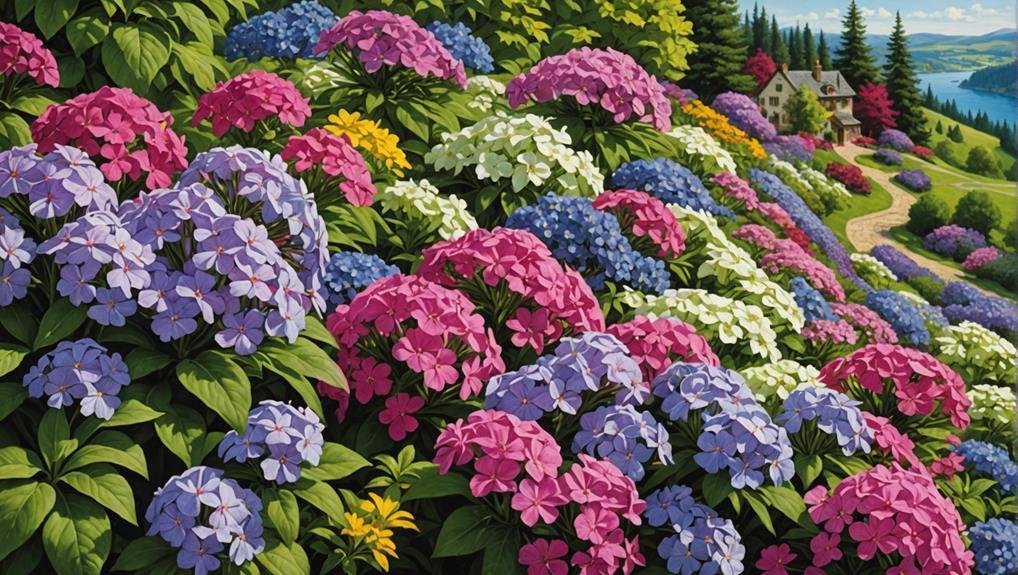
Phlox, native to North America, thrives mainly in the eastern and central regions of the continent. This diverse genus adapts well to various climates, from the woodlands of the East Coast to the prairies of the Midwest. The adaptability of Phlox across different habitats is a tribute to its resilience and versatility. It can be found flourishing in meadows, hillsides, and even rocky slopes, which speaks to its ability to thrive in both fertile soil and more rugged terrains.
Phlox species, encompassing both annuals and perennials, exhibit a remarkable range of characteristics tailored to their specific environments. Over time, these species have been cultivated and hybridized to produce a stunning array of colors, sizes, and bloom times, making them a favorite among gardeners and florists alike. The variety in Phlox bloom ensures a vibrant display in gardens and wedding arrangements.
Here is a concise overview of the geographical origins of Phlox:
| Region | Habitat | Soil Type |
|---|---|---|
| East Coast | Woodlands | Fertile Ground |
| Midwest | Prairies | Various |
| Eastern US | Meadows | Fertile Ground |
| Central US | Hillsides | Rocky |
| North America | Diverse Habitats | Various |
This table highlights the adaptability and widespread nature of Phlox across North America.
Season Availability
Understanding the geographical origins of Phlox helps to appreciate its wide accessibility throughout most of the year. Phlox is commercially accessible for an extensive period, spanning from February to December. This broad season availability makes it a versatile choice for weddings throughout the year, allowing for flexibility in floral arrangements.
However, some varieties have more specific windows. For instance, the Phlox Snowwhite Fantasy is available exclusively in May and June. This limited timeframe requires precise planning for weddings to incorporate this particular variety. Knowing the season availability of Phlox is essential for making sure that your selected cut flowers align with your wedding date and overall design vision.
Key points to keep in mind include:
- Phlox Snowwhite Fantasy: Available only in May and June.
- General Accessibility: Most varieties are accessible from February to December.
- Stem Lengths: Wholesale Phlox typically come in wraps of 10 stems, with lengths ranging from 60-75cm.
To achieve a cohesive look, it is important to coordinate the color scheme of your wedding with the accessibility of Phlox. Whether you are drawn to the delicate hues of lilac, white, pink, purple, red, or two-tone varieties, understanding the season availability ensures that your floral arrangements are both beautiful and timely.
Growing Conditions
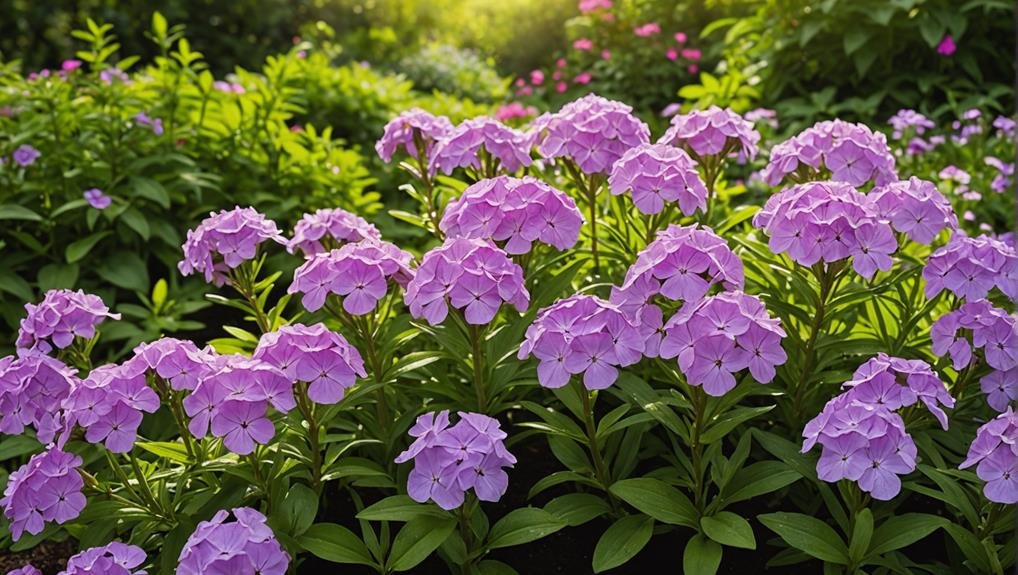
Ideal growing conditions for Phlox include rich soil with good drainage, full sun to partial shade, and regular watering. Ensuring these conditions will promote robust growth, yielding vibrant flowers and lush foliage. Proper soil fertility is essential, and incorporating compost or well-rotted manure can greatly enhance soil quality. Additionally, well-draining soil prevents waterlogging, which is critical since phlox is susceptible to root rot.
Regular watering is necessary to maintain moisture levels, especially during dry spells, but care should be taken to avoid over-watering. To maximize air circulation and minimize the risk of powdery mildew, planting phlox with sufficient spacing is recommended.
Care Tips for phlox also emphasize the significance of annual pruning, especially for taller varieties. Pruning not only helps maintain the plant's shape but also encourages more abundant blooming, making phlox perfect for floral arrangements. Fertilization in spring with a balanced fertilizer supports healthy growth and vibrant blooms.
Phlox can be planted in moist soil during autumn or spring. For those starting from seeds, it's advisable to begin indoors before the last frost. Propagation methods include seeds, plug plants, division, or cuttings, with early spring division being particularly efficient for successful growth.
Cultural Significance
How has the delicate phlox, with its star-shaped blooms and rich history, earned its place as a symbol of harmony and unity in various cultures? The answer lies in its multifaceted symbolism and the fragrant blooms that have captivated hearts for centuries.
Known for their vibrant colors, phlox flowers are often associated with friendship, partnership, and united hearts. These meanings have made them a popular choice in various cultural ceremonies and celebrations. Phlox carries significant historical importance, having been featured in flower festivals and worn by knights during the Middle Ages. Its symbolism of harmony and unity made it a cherished emblem in times of both peace and conflict. Additionally, Native American tribes recognized the plant's versatility, using it for medicinal purposes, which underscores its practical and cultural value.
- Symbol of friendships and partnerships: Phlox represents strong bonds and mutual respect.
- Historical adornment: Knights and nobles wore phlox for its beauty and deeper meanings.
- Medicinal use: Native Americans utilized phlox for its healing properties.
With over 60 varieties, mostly perennial, phlox continues to enchant with its star-shaped clusters. Its fragrant blooms, ranging from pink to purple and white to red, remain a timeless choice for those seeking both aesthetic and symbolic richness.
Typical Use in Weddings
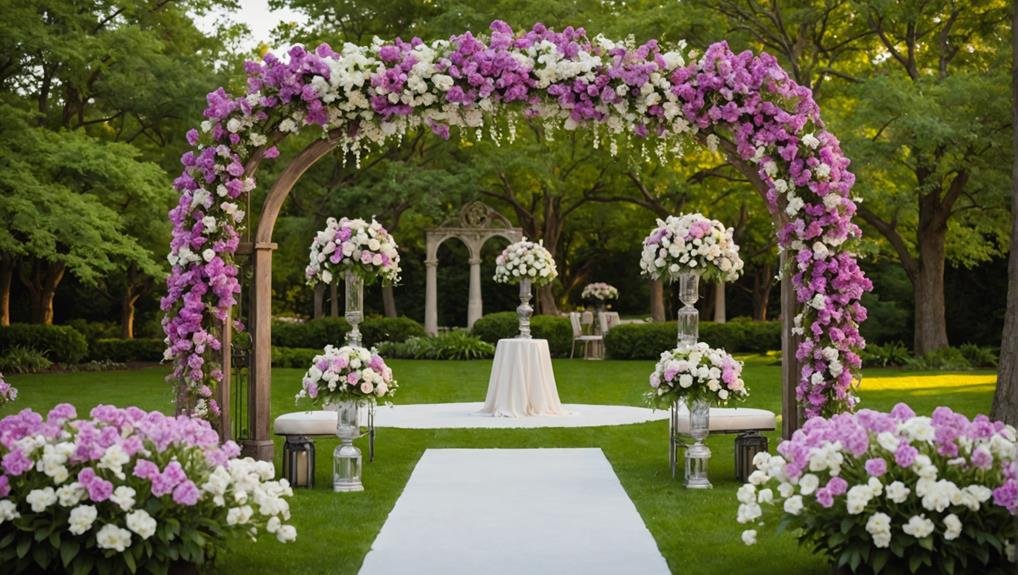
Phlox, with its rich historical and cultural significance, has naturally found a prominent place in modern weddings, where its delicate petals and subtle fragrance add a touch of elegance and charm. This versatile flower, available in various colors, has become a popular choice for couples looking to enhance their wedding day decor. Its use spans from bridal bouquets to centerpieces and other decorative elements, seamlessly coordinating with the wedding color scheme to create a cohesive and visually appealing floral arrangement.
Phlox's inherent beauty and symbolism make it a fitting choice for weddings, representing harmony, friendship, unity, partnership, and united hearts. Couples often incorporate phlox into their wedding day plans, mindful of its seasonal availability to guarantee the freshest blooms. The following table outlines typical uses of phlox in wedding settings:
| Use | Description |
|---|---|
| Bridal Bouquets | Adds elegance and charm with delicate petals |
| Centerpieces | Enhances table settings with subtle fragrance |
| Decorative Arrangements | Complements the wedding color scheme |
| Ceremony Backdrops | Symbolizes unity and partnership |
Alternative Flower Types
Exploring alternative flower types for wedding arrangements can introduce unique colors, shapes, and textures that enhance the overall aesthetic of the event. While phlox remains a popular choice for its versatility and charm, incorporating other blooms can elevate the floral designs to a new level of sophistication and appeal.
Consider the following alternative flower types for a diverse and stunning wedding bouquet:
- Dahlias: Known for their bold and vibrant colors, dahlias add a striking presence to any arrangement.
- Sunflowers: These cheerful blooms bring a sunny and joyful vibe, perfect for rustic or outdoor weddings.
- Peonies: Exuding a delicate and romantic feel, peonies are ideal for creating an elegant and timeless look.
Each of these flowers offers distinct characteristics that can complement different wedding themes. Dahlias, with their wide range of hues, can match various color palettes, while sunflowers provide a bright and lively touch. Peonies, on the other hand, are often chosen for their lush, full blooms that evoke classic beauty.
When mixed with phlox, these alternative flower types can create breathtaking and diverse arrangements, ensuring that each wedding is uniquely memorable. This blend of florals allows for creativity and personalization, making the floral decor truly special.
